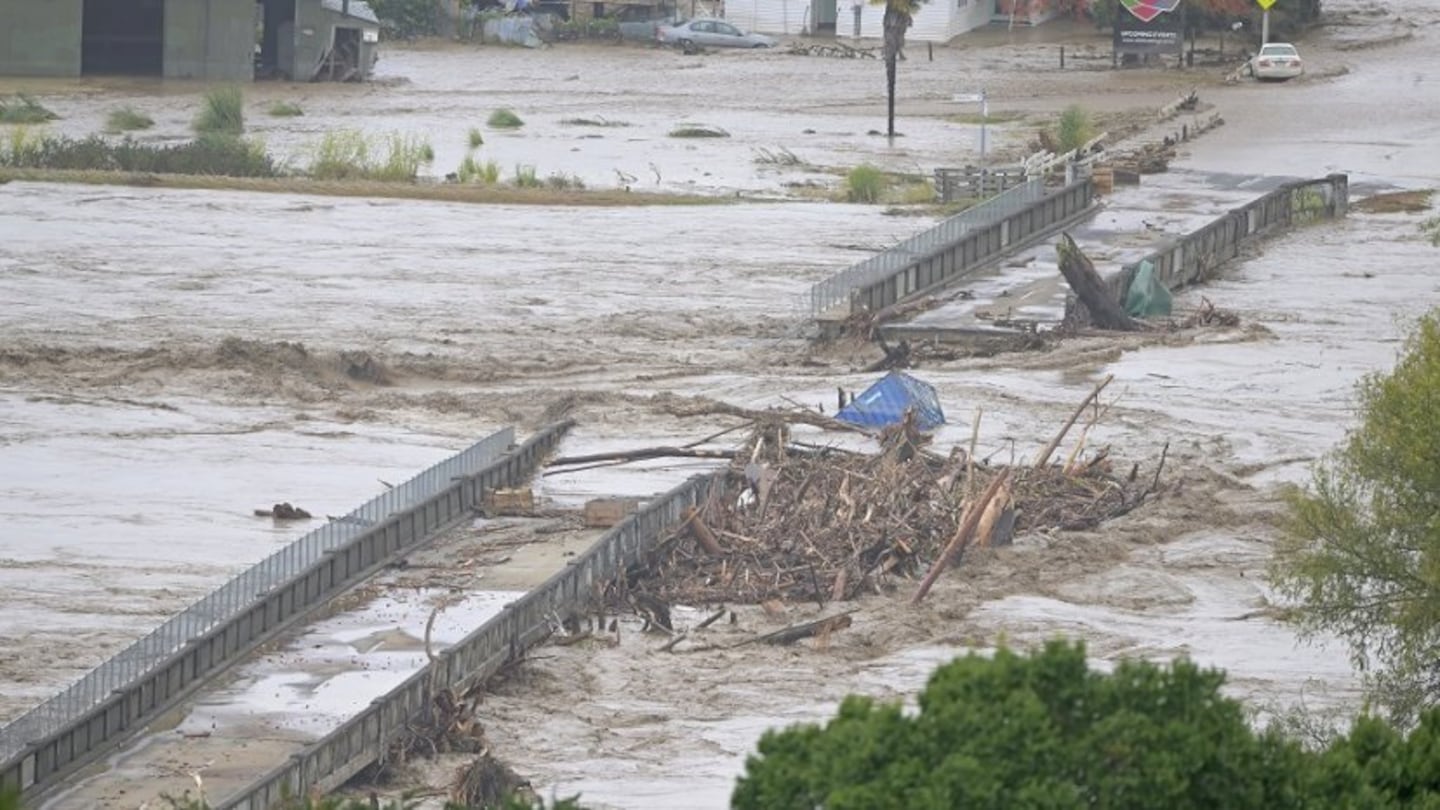A year on from Cyclone Gabrielle, Hawke’s Bay Civil Defence and Iwi are eager to work more closely to strengthen the region’s readiness to quickly respond to emergencies.
Cyclone Gabrielle wiped through the country in early February last year and left many communities and families displaced along with it.
In Hawke’s Bay alone, statistics show:
- 30 communities were left isolated (with 54 impacted in total).
- 1200 dwellings were damaged needing assessments.
- 25-plus bridges were destroyed.
- $4.91b costs so far in the community.
A Civil Defence independent review was led by former NZ Police Commissioner Mike Bush, and a joint committee said Cyclone Gabrielle was “one of the most devastating weather events to hit NZ in living memory”.
“Whilst attempting to do the best it could under extremely challenging circumstances – [Civil Defence] was fundamentally overwhelmed by the scale, pace, and magnitude of the event.”
Te Piringa Hapū response
The Ngāti Hinemanu, Ngāi Te Ūpokoiri me ōna Piringa Hapū Authority Trust responded to the Civil Defence independent review noting that hapū and marae were immediate responders on the ground during the events of the cyclone.
Te Piringa hapū chairperson, Meihana Watson, says hapū and marae were in the trenches immediately during the floods in Ōmāhu.
“Our community members didn’t hesitate to help and physically carried tamariki and kaumātua through deep flood waters to safety sites, south of the Ōmāhu bridge and hilltops along State Highway 50,” he says.
Ōmāhu was one of many small communities affected by the cyclone, not only with homes being destroyed but even with the remains of loved ones being washed away due to the floods.
Watson says there is still work to be done and encourages Civil Defence to work together to ease the weight of responsibility.
“Te Piringa hapū still remains on the frontline providing support, provision and advice to individuals and whānau that remain displaced after the events. We want to impress on Hawke’s Bay CDEM [Civil Defence Emergency Management Group] that the more we share the burden, the lighter the responsibility and the better we will all be able to respond,” he says.
Utaina 10 year plan
The Utaina 10-year recovery plan aims to utilise a ‘Hapū-led, Crown enabled’ approach to recovery plans across the next decade.
Watson says this is to ensure the safety of whānau so a tragedy like this never gets to the state that it did.
“No one wants to see a repeat of the aftermath of Cyclone Gabrielle, and we know our plan can help ensure that doesn’t happen.”



